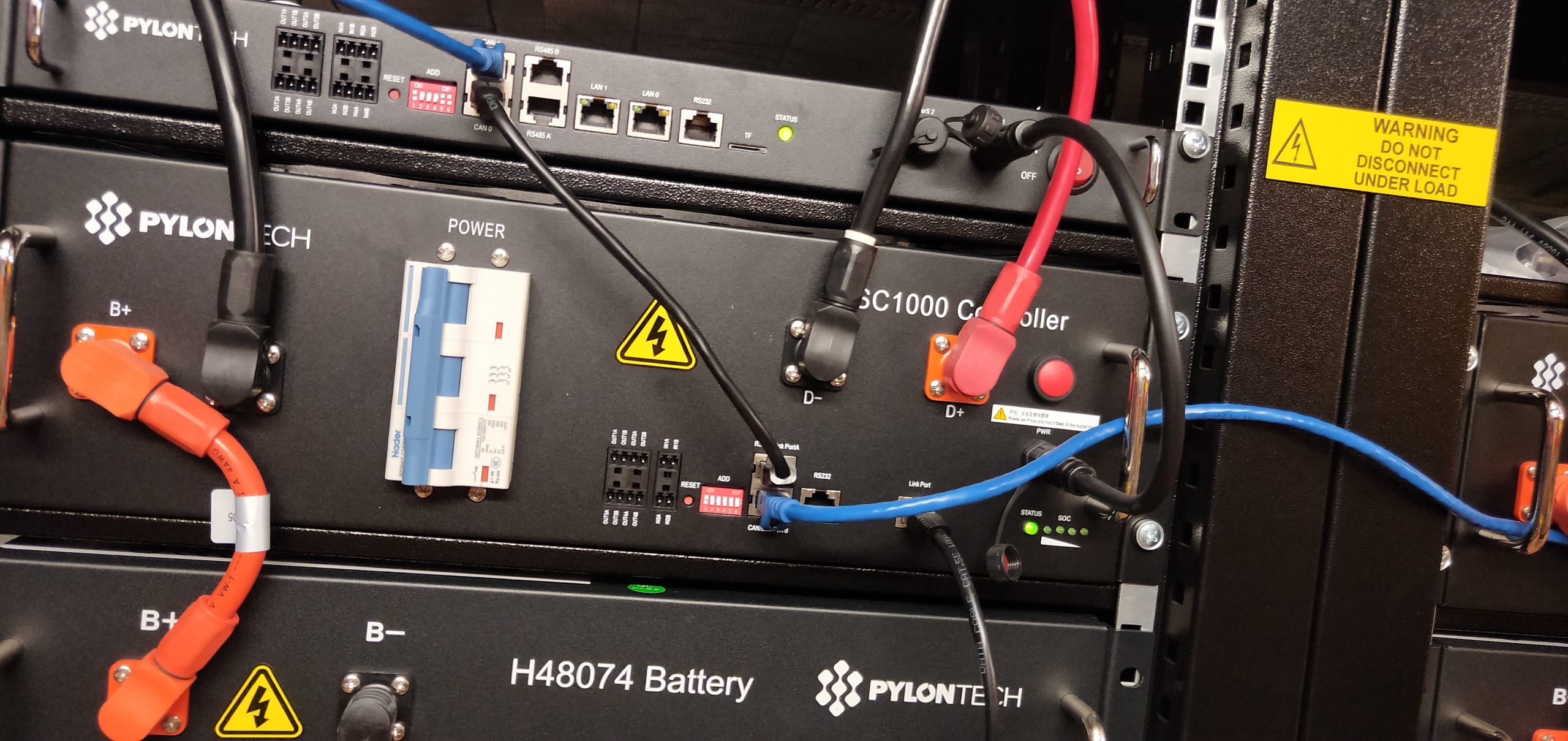 Off-Grid Solar Australia
Off-Grid Solar Australia

Uncover the inner workings of lithium-ion batteries, from their essential components like electrodes and electrolytes, to the various types like LiCoO2, LiFePO4, and more.
Lithium-ion batteries have transformed into a cornerstone of cutting-edge tools, powering everything from smartphones to electric vehicles. At their core, these batteries consist of a positive electrode (cathode), a negative electrode (anode), and an electrolyte that facilitates the flow of electric charge between these electrodes.
Components of a Lithium-Ion Battery:
In a conventional lithium-ion battery cell, the negative electrode is typically composed of carbon, while the positive electrode takes the form of a metal oxide. Acting as the medium between these two electrodes, the electrolyte comprises a mixture of lithium salt and organic solvent. This intricate arrangement enables the storage and discharge of electrical energy with remarkable efficiency.
Key Requirements for Battery Functionality:
For a lithium-ion battery to be a viable energy storage solution, it must meet several crucial requirements:
High Specific Energy and Power: Lithium-ion batteries are celebrated for their high specific energy, enabling longer runtimes. However, achieving high specific power often comes at the cost of specific energy.
Affordability: The overall cost of battery manufacturing involves factors like materials, refining processes, manufacturing, and quality control. Striking a balance between performance and cost is essential.
Longevity: A battery’s lifespan is influenced not only by its design but also by usage conditions. Temperature extremes and rapid charge/discharge cycles can impact battery life.
Safety: While lithium-ion batteries can offer impressive energy density, proper handling is crucial due to their reactive nature. Under normal use, established brands of Li-ion batteries are considered safe.
Wide Operating Range: Lithium-ion batteries need to function effectively across various temperature ranges, from cold conditions that slow electrochemical reactions to high heat that compromises safety and lifespan.
Toxicity: Environmental concerns have led to the replacement of cadmium and mercury-based batteries with alternative, more eco-friendly materials.
Fast Charging: Certain lithium-ion batteries can support fast charging, provided they are designed for it and maintained in optimal condition.
Low Self-Discharge: Prolonged shelf life with minimal performance degradation over time is desirable.
Instant Start-Up: The ability to deliver power promptly when needed is another advantageous feature.
Varieties of Lithium-Ion Batteries:
Lithium Cobalt Oxide (LiCoO2 or LCO): Found in mobile phones and laptops, LiCoO2 batteries offer high energy density but relatively short lifespans and limited safety in case of damage.
Lithium Manganese Oxide (LiMn2O4 or LMO): Utilized in power tools and hybrid vehicles, LMO batteries boast high thermal stability and safety, with fast charging capabilities.
Lithium Nickel Manganese Cobalt Oxide (LiNiMnCoO2 or NMC): This versatile system, used in power tools, electric bikes, and more, combines nickel and manganese for improved safety, longevity, and energy density.
Lithium Iron Phosphate (LiFePO4 or LFP): Common in electric vehicles and energy storage, LFP batteries excel in cycle life, thermal stability, and safety.
Lithium Nickel Cobalt Aluminum Oxide (LiNiCoAlO2 or NCA): With high energy density and good power capabilities, NCA batteries find applications in specialty designs, despite some safety and cost concerns.
Lithium Titanate (Li4Ti5O12): Li-titanate batteries are known for safety and low-temperature performance, although they come at a higher cost and lower energy density.
G’day, Australia! We’re here to shake things up in the energy world, right? We’ve got these ripper solar systems, decked out with the latest Sungrow and Deye inverters and those beaut Sungrow and Pylontech lithium batteries. They’re a real game-changer for places like Ballarat, Victoria, and all over Oz! Our Top Solar Gear Going All …
Continue reading “Givin’ Aussie Homes a Fair Go with Top-Notch Solar Tech”
1. Jinko Solar Panels: 2. Trina Solar Panels: 3. SunPower Solar Panels: Conclusion When choosing solar panels, consider factors such as efficiency, durability, warranty, and budget. Jinko offers cost-effective and reliable options, Trina provides a balance of performance and value, while SunPower stands as a premium choice with top-tier efficiency. Each brand caters to different …
Continue reading “Comprehensive Solar Panel Review: Jinko, Trina, and SunPower”
1. Pylontech Batteries: 2. PowerPlus Energy Batteries: 3. BYD Batteries: 4. Tesla Powerwall: Conclusion When selecting a solar battery, factors like capacity, compatibility, longevity, and budget play crucial roles. Pylontech, PowerPlus Energy, BYD, and Tesla offer diverse options catering to different needs and preferences. Whether for a small residential setup or a larger, more complex …
Continue reading “In-Depth Review of Solar Batteries: Pylontech, PowerPlus, BYD, and Tesla”
Inverter Equipment Review: Sungrow, Deye, Victron, and Selectronic 1. Sungrow Inverters: 2. Deye Inverters: 3. Victron Energy Inverters: 4. Selectronic Inverters: Conclusion Each of these inverter brands – Sungrow, Deye, Victron, and Selectronic – offers unique strengths suited to different solar energy needs. Your choice should depend on your specific requirements, whether it’s for residential, …